Canada’s PSTN is fading fast: landline long-distance minutes fell 18.1% in 2024-Q4, while broadband at 50/10+ now reaches 95.5% of households.
With networks ready and legacy usage shrinking, the question isn’t “if” you move to SIP trunking, it’s “which carrier.”
Regulation also tightened the bar: the CRTC requires STIR/SHAKEN for caller-ID authentication, pushing providers toward verified, IP-based voice.
This guide compares leading Canadian options head-to-head, uptime, routing footprint, nationwide DID coverage, pricing logic, and real support, not marketing claims. It explains how to weigh latency across regions, how CRTC compliance affects answer rates, and where hidden fees lurk. It also clarifies where a carrier-grade network (like DIDlogic) differs from a reseller, so buyers avoid brittle call paths and surprise billing.
If you’re researching the Best SIP trunk provider in Canada, you’ll find a data-driven shortlist and clear selection criteria here. The next section sets the context and urgency for making the switch, without risk.
Why Choosing the Right SIP Trunk Provider in Canada Matters
Canada’s telecom landscape is undergoing a rapid transition: according to the CRTC’s 2024 Communications Monitoring Report, over 70% of Canadian businesses have already shifted from legacy PSTN to IP-based telephony, while landline subscriptions continue to decline at a rate of 9% year-over-year. This migration isn’t just about modernization, it’s about necessity. Traditional ISDN and copper networks are being phased out, forcing companies to adopt SIP trunking to maintain connectivity and compliance.
For Canadian enterprises, the move to SIP trunking aligns with three key imperatives: cost control, hybrid work enablement, and regulatory security. Businesses with distributed teams across provinces rely on IP-based voice to unify communication under one scalable infrastructure, cutting per-call costs by up to 40% compared to legacy systems, based on Statista’s 2025 VoIP cost benchmark. SIP trunking also supports advanced routing, real-time analytics, and caller authentication frameworks like STIR/SHAKEN, now mandatory under CRTC policy for reducing call spoofing and ensuring trust in outbound calls.
However, not all SIP trunk providers deliver equal value. Many Canadian vendors act as resellers, layering third-party networks with limited visibility into latency, uptime, or failover paths. The result? Higher jitter, longer resolution times, and inconsistent billing models that penalize growth.
DIDlogic distinguishes itself as a carrier-grade provider, not a reseller. It operates its own Tier-1 interconnects, redundant routing, and direct peering with major Canadian and global carriers, ensuring 99.999% uptime, transparent per-second billing, and complete CRTC and STIR/SHAKEN compliance.
Choosing the right provider isn’t just a technical decision; it’s a business safeguard. The sections ahead will break down how to evaluate SIP trunk providers across Canada by infrastructure reliability, coverage, compliance, and pricing transparency, helping you select a partner that scales as confidently as your business does.
Key Decision Factors When Selecting a Canadian SIP Trunk Provider
Network Infrastructure & Redundancy
The backbone of any SIP trunking service is its network ownership. Providers operating on Tier-1 infrastructure, such as DIDlogic or Telnyx, own and manage their routing, which reduces single-point failure risk and keeps average latency below 50 ms across major Canadian metros. Resellers, by contrast, often lease capacity from global carriers, adding hops that increase packet loss and delay. For coast-to-coast businesses, even a 30 ms variance between Toronto and Vancouver routes can distort call quality or interrupt conferencing.
Most top-tier providers in Canada offer 99.99–99.999% uptime SLAs, supported by multi-region data centers (Toronto, Montréal, Calgary). Lower-tier vendors rarely publish uptime data, a clear red flag.
Takeaway: Prioritize providers with Tier-1 ownership and a published SLA above 99.99%—anything less compromises reliability.
Local & Toll-Free DID Coverage
Broad DID (Direct Inbound Dial) coverage determines how easily a business can scale or localize its presence. A provider offering numbers across all 10 provinces and 3 territories allows consistent branding and compliance for multi-office operations. Gaps are most common in Yukon, Northwest Territories, and Nunavut, where many resellers still depend on third-party exchanges for local routing.
Comprehensive coverage also simplifies toll-free integration, essential for national support lines that must remain reachable even during regional outages.
Takeaway: Choose a provider with verified DID access in every province to avoid future number-porting and expansion delays.
Compliance with CRTC and STIR/SHAKEN
Since November 2021, the CRTC mandates STIR/SHAKEN implementation for all voice providers to prevent caller-ID spoofing. In 2025, enforcement tightened: carriers failing authentication risk call blocking by upstream networks and reputational harm from flagged spam traffic. Full compliance isn’t optional, it’s a prerequisite for business continuity and legal conformity under Canada’s Telecommunications Act s. 24.1.
Takeaway: Always confirm your provider’s CRTC registration and STIR/SHAKEN readiness; non-compliance can literally silence outbound calls.
Pricing Models That Actually Scale
Canadian SIP trunking generally follows three pricing models:
- Channel-based: fixed per-channel fees, typically CAD $15–$25 per channel/month.
- Metered (per-minute): pay-as-you-go around CAD $0.007–$0.012 per minute, ideal for variable usage.
- Wholesale: negotiated rates for high-volume enterprises or contact centers.
A small business might start with 5–10 channels at a predictable monthly cost, while a national retailer benefits from metered billing that scales automatically during peak seasons.
Takeaway: Match pricing structure to traffic pattern, channel-based for stability, metered for flexibility, wholesale for volume.
Support Quality and Responsiveness
Voice downtime costs revenue immediately. Leading Canadian SIP providers maintain 24/7 Network Operations Centers (NOC) with live chat or phone response in under 5 minutes. Ticket-only systems can delay routing fixes for hours, especially if escalation depends on overseas teams. Real-time visibility, dashboards showing trunk status, jitter, and route changes, is now a baseline expectation, not a luxury.
Takeaway: Select a provider offering round-the-clock, human-based support with transparent monitoring tools; automated ticket queues don’t resolve live-traffic issues fast enough.
Data-Backed Comparison: Top SIP Trunk Providers in Canada (2025)
| Provider | Type | Network Ownership | Uptime (SLA) | Pricing (per channel) | Coverage | Ideal For |
| DIDlogic | Carrier-grade | Own Tier-1 network & direct interconnects | 99.999% | CAD $15–$25 | Nationwide + 150+ global destinations | Enterprises & SMEs needing transparent billing and low-latency routing |
| Telnyx | Carrier-grade | Own IP backbone | 99.999% | CAD $20–$30 | Global with Canadian POPs | Tech-driven teams requiring programmable APIs |
| AVOXI | Global VoIP provider | Mixed (owns + leased routes) | 99.99% | CAD $25–$35 | 120+ countries | International businesses needing toll-free and inbound DIDs |
| VoIP.ms | Reseller-based VoIP platform | Leased Tier-2 routes | 99.95% | CAD $4 + per-minute billing | Strong Canadian coverage | Small businesses seeking low-cost, DIY setup |
| CallHippo | Cloud telephony reseller | Third-party infrastructure | 99.9% | CAD $25–$40 | Global virtual number coverage | Startups seeking fast setup and CRM integrations |
DIDlogic delivers the most carrier-grade reliability among Canadian SIP providers. With its own Tier-1 network and direct peering with major telecom operators, it achieves sub-50 ms latency across Toronto, Montréal, and Vancouver. The per-second billing and transparent call detail records eliminate rounding losses, ideal for multi-branch companies managing thousands of concurrent calls.
Telnyx follows closely, offering a robust global backbone with a strong developer focus. Its programmable APIs suit IT-led deployments or UCaaS integration projects, though pricing trends slightly higher and setup may require more technical expertise.
AVOXI stands out for international reach, particularly for Canadian firms handling global inbound traffic. It provides extensive toll-free and virtual number options but relies partly on leased infrastructure, which may affect latency consistency during peak routing hours.
VoIP.ms remains a popular budget option. Its pay-as-you-go model appeals to smaller firms or freelancers but lacks enterprise-level redundancy or 24/7 live technical support. Users manage their own configurations, which limits scalability for high-volume environments.
CallHippo emphasizes ease of use and CRM integration, making it suitable for startups. However, because it resells third-party SIP services, uptime and call quality can fluctuate, particularly for outbound traffic during high-volume periods.
Takeaway: While all five providers serve distinct market segments, only DIDlogic and Telnyx operate fully independent, Tier-1 networks within Canada. For organizations where uptime, compliance, and latency consistency are mission-critical, those two remain the most future-ready choices.
Why DIDlogic Leads the Canadian SIP Trunking Market
DIDlogic has earned its position at the top of the Canadian SIP trunking market by building and owning a carrier-grade global network rather than reselling another provider’s infrastructure. Its Tier-1 interconnects across North America and Europe, combined with local routing through Canadian data centers in Toronto and Montréal, deliver consistent 99.999% uptime, verified through independent SLA reporting. For businesses relying on uninterrupted voice services, that level of reliability translates directly into operational continuity.
Every trunk provisioned through DIDlogic adheres to CRTC regulations and STIR/SHAKEN authentication, protecting clients against call spoofing and blocked outbound traffic. This compliance isn’t optional in Canada’s 2025 telecom environment; it’s the standard that keeps legitimate calls trusted by downstream carriers.
Beyond compliance, DIDlogic differentiates itself through transparent billing, no rounding, no setup or connection fees, and full per-second billing that reflects only actual usage. For companies handling thousands of concurrent calls or running dynamic outbound campaigns, that transparency can reduce monthly telecom costs by up to 30–40% compared to fixed-channel pricing models.
Its nationwide DID coverage spans every major Canadian city, from Vancouver and Calgary to Montréal and Halifax, and extends to 150+ international destinations, making it a natural fit for enterprises operating in hybrid or cross-border markets.
Real-world deployments illustrate the impact:
- A Toronto-based retail chain with three regional branches cut monthly call costs by 35% within the first quarter of switching from a legacy ISDN provider.
- A Montréal SaaS startup consolidated fragmented VoIP accounts into a single DIDlogic trunk, improving voice latency by 42% and gaining centralized analytics for compliance tracking.
- A national logistics firm integrated DIDlogic’s API for automated number provisioning, reducing provisioning times from hours to minutes.
With 24/7 Network Operations Centers (NOCs) and real-time routing dashboards, DIDlogic provides direct visibility into call paths and network health, capabilities most resellers can’t offer. Combined with its long-term partnerships with Tier-1 carriers and redundant global interconnects, DIDlogic delivers a level of reliability, transparency, and compliance that defines the new benchmark for SIP trunking in Canada.
Setting Up SIP Trunking in Canada: Technical Checklist
Network Readiness
Before activating a SIP trunk, verify that your network can sustain stable voice transmission. Each concurrent call requires roughly 100 kbps of dedicated bandwidth for two-way G.711 codec traffic or 35 kbps with G.729 compression, benchmarks easily supported by major Canadian ISPs such as Bell, Telus, and Rogers. Prioritize low-latency broadband connections under 150 ms RTT between endpoints.
Common setup pitfalls stem from NAT traversal and firewall misconfiguration. Many ISP routers in Canada, particularly consumer-grade gateways, block or rewrite SIP headers, causing one-way audio or registration drops. To prevent this, disable SIP ALG, enable consistent port forwarding for UDP 5060 (or TLS 5061), and ensure Quality of Service (QoS) tags prioritize VoIP packets above bulk traffic.
Tip: If remote branches operate on separate subnets, a Session Border Controller (SBC) or DIDlogic’s managed edge proxy helps maintain call stability and security.
Integration Scenarios
Most Canadian businesses deploy SIP trunks through Asterisk, FreePBX, or 3CX, which account for more than 70% of on-premise and hybrid PBX installations. Each system supports DIDlogic’s registration-based and IP-authenticated trunks natively, reducing configuration friction.
For organizations using cloud-hosted PBXs or CRM-linked dialers, DIDlogic’s REST API streamlines provisioning, automating DID assignment, channel scaling, and routing without manual edits. This API-first approach enables teams to integrate SIP capabilities directly into business applications, such as call analytics or ticketing systems, with minimal downtime.
Example: A Vancouver-based MSP recently integrated DIDlogic trunks into its clients’ 3CX systems via API, cutting provisioning time from 40 minutes to less than 5.
Testing and Quality Monitoring
After activation, verify voice quality using Mean Opinion Score (MOS) benchmarks. A healthy SIP route should maintain MOS above 4.0, with packet loss below 0.5% and jitter under 20 ms. Tools like Wireshark, VoIPmonitor, or DIDlogic’s built-in analytics provide real-time diagnostics on jitter, delay, and packet retransmissions.
Continuous monitoring is critical, temporary ISP congestion or routing changes can degrade audio before users notice. DIDlogic’s live dashboards and 24/7 NOC oversight alert clients to anomalies instantly, ensuring proactive troubleshooting rather than reactive escalation.
Bottom line: A successful SIP trunk deployment in Canada starts with bandwidth validation, smart PBX integration, and active quality tracking, turning what could be a complex telecom upgrade into a resilient, data-driven communications system.
Future Outlook: SIP Trunking and Unified Communications in Canada
The Canadian VoIP and SIP trunking market is on a steep upward curve. By the end of the decade, over 90% of Canadian enterprises are expected to run at least part of their communications infrastructure via IP-based systems integrated with unified communications (UC) platforms.
This next phase of adoption goes beyond cost savings. Businesses are aligning SIP trunking with AI-enhanced call routing that analyzes traffic patterns in real time to minimize latency and reroute calls before congestion occurs. SD-WAN technology is also becoming the standard for geographically distributed teams, balancing bandwidth across offices in Toronto, Calgary, and Vancouver while maintaining a consistent QoS threshold. Together, these technologies are pushing the Canadian market toward what analysts call adaptive connectivity, where performance continuously self-optimizes based on usage and network conditions.
Another defining trend is the deeper integration of SIP trunking with UCaaS (Unified Communications as a Service) platforms. As hybrid work solidifies, enterprises want seamless interoperability across voice, video, and messaging. SIP trunks now act as the backbone for services like Microsoft Teams Direct Routing and Zoom Phone, providing businesses with local number control, CRTC-compliant caller identity, and lower per-minute costs.
DIDlogic has already aligned its infrastructure for this future. Its AI-assisted routing engine dynamically adjusts call paths across Tier-1 carriers, ensuring sub-50 ms latency even during traffic surges. Integration-ready APIs allow enterprises to connect trunks directly to UCaaS systems or SD-WAN environments without third-party middleware. And with redundant data centers in Canada and Europe, DIDlogic’s network architecture supports both local compliance and global scalability, ideal for hybrid enterprises operating across multiple time zones.
The next five years will redefine Canadian telecom from static connectivity to intelligent communication ecosystems. Providers that own their infrastructure and evolve with AI, SD-WAN, and UC convergence, like DIDlogic, won’t just deliver calls; they’ll deliver resilience, data integrity, and future-ready communications.
FAQs
What’s the average SIP trunk channel cost in Canada (2025)?
In 2025, SIP trunk channels in Canada typically cost between CAD $15–$25 per channel per month for business-grade service. Metered options range from $0.007–$0.012 per minute, depending on call volume and region.
Are Canadian SIP trunks STIR/SHAKEN compliant?
Yes. All major Canadian SIP trunk providers must comply with CRTC-mandated STIR/SHAKEN standards to prevent caller-ID spoofing. Non-compliant trunks risk being blocked by upstream carriers.
Which providers offer local numbers in all provinces?
DIDlogic, Telnyx, and VoIP.ms provide nationwide DID coverage across all ten provinces and most territories. Coverage gaps may still occur in Yukon, Northwest Territories, and Nunavut, depending on exchange availability.
Can I port existing Canadian DIDs to a SIP trunk?
Yes. Most carriers, including DIDlogic, support Local Number Portability (LNP) under CRTC rules. Porting usually takes 3–7 business days once ownership and documentation are verified.
How does SIP trunking differ from UCaaS or hosted PBX?
SIP trunking supplies the voice connectivity layer, routing calls over IP to on-premise or cloud PBXs. UCaaS and hosted PBX systems include additional collaboration tools such as video, chat, and team messaging built on top of SIP trunks. In short, SIP trunking powers the call path; UCaaS delivers the full communication suite.
Further Reading










